This post was originally published on September 29, 2022.
Electricity, a renewable energy source, fuels electric vehicles. They produce no emissions and no hazardous gas emissions. Hence, they are eco-friendly vehicles and help to reduce the ever-increasing air pollution. In India, several automakers have already debuted battery-powered vehicles. So How Does EV Work? Are there engines on them? Continue reading to get the responses to these queries.
How Does EV Work
Here is a brief explanation of How Does EV Work? Electric cars operate on the premise that electrical energy is converted into mechanical energy, which is then converted into kinetic energy to produce mobility. Instead of a traditional internal combustion engine, EVs use an electric motor. Electric charge is transformed into mechanical energy by the electric motor.
Electric vehicles (EVs) use a charging station to draw power and store it in their batteries. The motor that drives the wheels is powered by the battery. This motion is made possible by the background cooperation of numerous electrical components.
- The battery pack holds electrical energy that is used for charging the battery. The electric motor and other accessories/components are powered by the energy that has been stored.
- A controller controls the flow of electrical energy to the motor.
- The controller adjusts the flow of electricity in response to inputs from the accelerator pedal.
- The electric motor transfers the battery’s electrical energy into mechanical energy.
- The transmission converts the motor’s mechanical energy into wheel drive.
- Some EVs use regenerative braking to produce energy when braking. The battery pack receives the energy generated during vehicle braking or deceleration.
- The battery pack may be charged using the charging port. Alternating current (AC) is changed to direct current (DC) by the onboard charger (Direct Current).
- By coupling an external power supply to the car’s charging port, you may recharge the battery.
- An EV additionally features an additional battery that powers the vehicle’s equipment and accessories.
- To recharge the auxiliary battery, a DC-to-DC converter transforms high-voltage current from the battery pack into low-voltage current.
-
-
-
-
How does an Electric Motor Work?
Electric vehicles use an electric motor as its engine, as was already said. In e-cars, the motors are primarily AC motors, which means they operate on Alternating Current (AC).

The operation of an electric motor is described here.
- When you depress the accelerator pedal, the Power Electronics Controller (PEC) regulates the flow of electrical energy to the motor.
- Depending on how hard the accelerator pedal is pressed, a different amount of current is needed to drive the motor.
- The rotors start to spin and produce mechanical energy as soon as the motor is turned on.
- The motor’s mechanical energy starts to rotate the transmission or gears.
- The transmission transmits the mechanical energy to the wheels, which causes the car to move forward.
Simply put, and similarly to an engine, the electric motor is the brains of the electric powertrain. It converts electrical data into mechanical energy, which the transmission subsequently uses to drive the wheels.

Key Components of an Electric Vehicles
Understanding how electric cars function requires disassembling the main components that make them up. These essential elements comprise:
Charge Port
The battery pack of an electric car can receive power from an external power source through the charging port. Electric vehicle supply equipment (EVSE), more often known as a charging station, is the name given to these power sources. When an EVSE is connected to an EV’s charge port at a private home or business charging station, charging takes place.
For instance, a conventional 240-volt outlet (like those used for home appliances) can be utilized as an EVSE to charge an EV overnight.
Inverter
Electric car inverters convert the Direct Current (DC) electron flow from the battery pack to an Alternating Current (AC) that powers the electric traction motor. Inverters are essential parts for EVs because lithium-ion batteries can only absorb DC power and electric traction motors need AC electricity to operate. The frequency of the AC current sent to the motor is another function of inverters, which directly affects how fast an EV travels.
Electric Traction Motor
The electric traction motor, which receives power from the inverter, propels an electric vehicle forward. Alternating current is frequently used to power electric traction motors because AC motors are more dependable and efficient than DC motors. The motor turns because a spinning magnetic field is created when AC electrons pass through the inverter and enter the motor. Due to the lack of several gears to shift between, unlike an internal combustion engine, electric traction motors are very powerful and efficient. Power is transferred from the pedal to the engine practically instantly.
Electric Powertrain
The whole high voltage electrical system that enables the operation of an electric vehicle is included in its powertrain. An inverter, an electric traction motor, a reduction drive, and a traction battery are the typical components of an electric powertrain.
These electric drivetrains are small, light, and offer little vibration along with immediate torque. In many electric powertrain inverters, displaced energy from deceleration is also recovered. Regeneration converts the AC power that was not used during braking into DC power that can be put back into the battery pack.
Traction Battery Pack
The primary purpose of the traction battery pack in an electric car is to store energy obtained from the grid during charging. The motor and all other electrical parts of the vehicle are then powered by this energy.
Since lithium-ion batteries offer one of the highest energy densities of any battery now on the market, they are used in almost all electric vehicles (EVs) currently on the road. In comparison to other battery types, lithium-ion batteries also generate greater currents and require less maintenance. Some EVs additionally have an auxiliary battery that only powers the car’s accessories, not using the traction battery pack to power every part of the car.
What is EV Charging?
There are three charging speeds for EVs, ranging from the slowest (level 1) to the quickest (level 3).
- Level 1 The best places to utilise chargers are in private houses where you can recharge overnight. They are standard 120-volt wall connectors. It is slow A complete charge can take up to 20 hours, and an 8-hour charge has a range of around 40 miles.
- Level 2 stations increase the voltage to 240 volts and produce between 10 and 25 kW for a complete charge in around eight hours. They are therefore a popular option for overnight charging at home or in other places, such as hotels. Destination Chargers are the name for Level 2 stations. If you don’t have the right plug, you’ll need to install a 240-volt outlet or home charging station to recharge an EV at your residence.
- The most power-dense DC fast charging (DCFC) stations are Level 3 units, which can charge an EV battery to roughly 80% in about 30 minutes. Although some, like Tesla’s Superchargers, can deliver even more power to the battery, they typically supply 50kW.
The majority of EVs are equipped with a power chord that can be plugged into level 1 and level 2 charging stations, the two charging levels that are most frequently found. Several connection ports that deliver level 2 and level 3 electricity are present on most public charging stations.
What is Electric Vehicle Range Per Charge?
According to data compiled by Electric Vehicle Database, the average EV range at the time of writing is 200-250 miles on a single charge. However, the upper and lower ends of the spectrum vary greatly, ranging from 50 to over 300 miles. Multiple variables can influence that range, both in the present and over the course of the vehicle’s lifetime.
When it comes to range, one of the most important factors is the size of an EV’s battery. However, regardless of capacity, an EV’s range can be reduced by continuous highway driving, frequent rapid accelerations, excessive use of fast charging, extreme weather, and natural ageing over time.
Due to their short driving range before needing to be recharged, lengthy charging times, and the lack of commitment by automakers to produce and market electric cars with all the amenities of gasoline-powered vehicles, EVs have historically not been extensively embraced.
That is altering. Major automakers are developing a new generation of electric vehicles as battery technology advances, improving energy storage while simultaneously lowering cost. Thinking about How Does EV Work? You can get the maximum mileage out of your charge thanks to the technology, which is far simpler and more effective than the combustion engine used in most cars.
| Homepage | EV Cars |

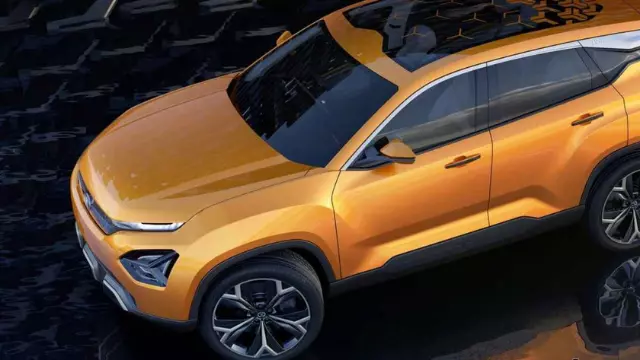
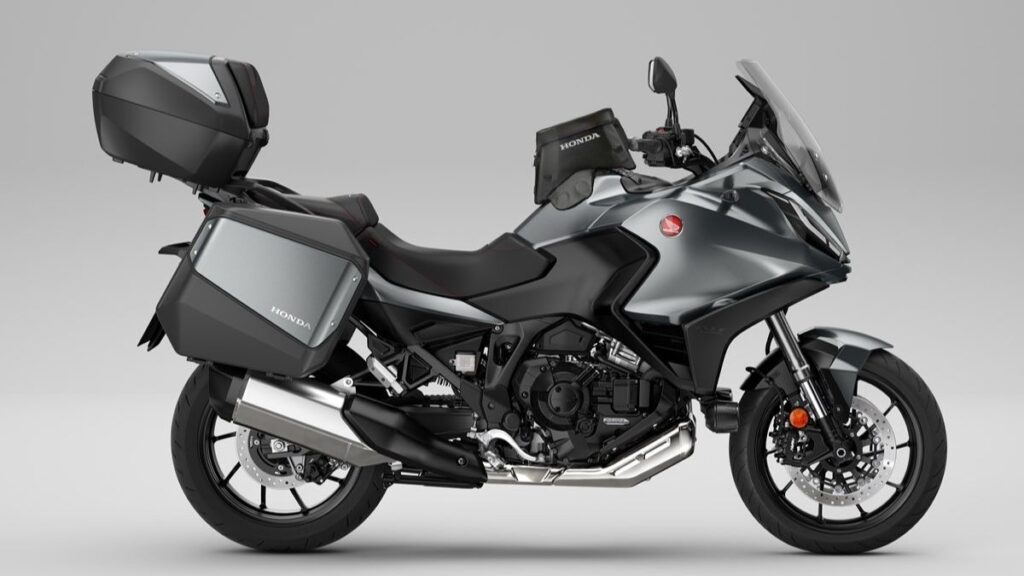
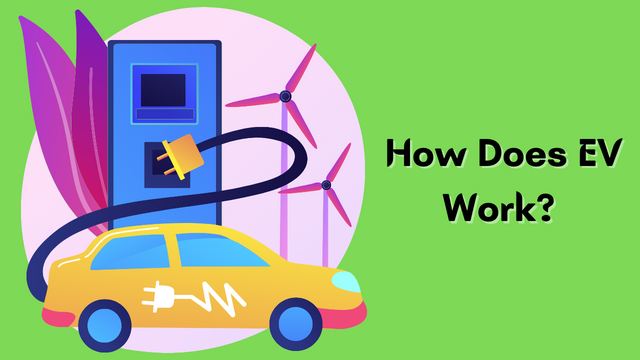

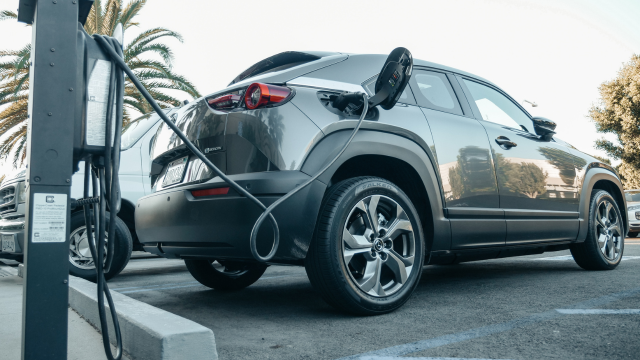



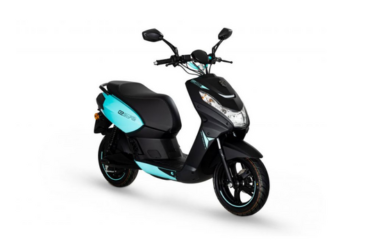
Very inspiring need more updates